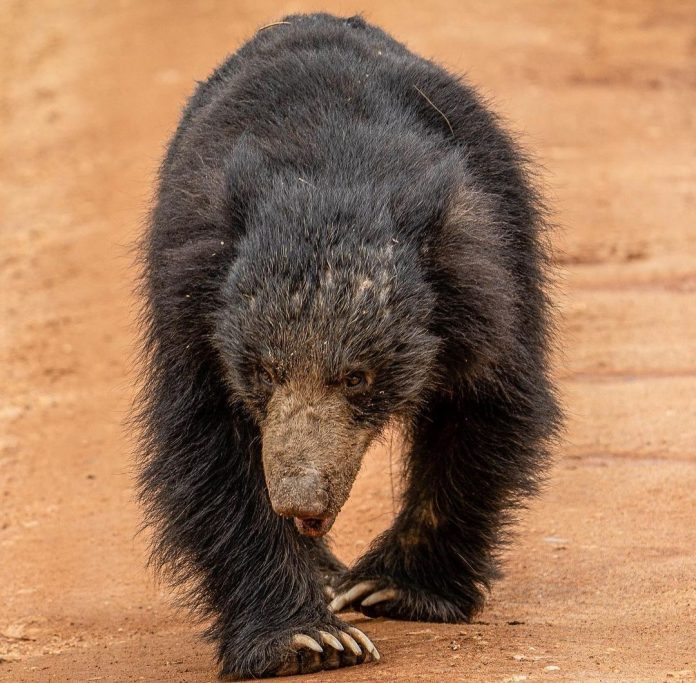Wildlife lovers and scholars alike have been fascinated by the intriguing and distinctive Sri Lankan sloth bear for a very long time. The intriguing world of the sloth bears in Sri Lanka will be explored in this article as we look at their habitat, habits, nutrition, reproduction, physical characteristics, dangers, and conservation efforts. We’ll also explain how this bear differs from its distant cousins and give details on the present population situation.
What is a Sri Lankan Sloth Bear?
A subspecies of the sloth bear renowned for its shaggy, black hair and distinctive, white V-shaped mark on its breast is the sloth bear in Sri Lanka (Melursus ursinus inornatus). The Ursidae family includes these medium-sized bears. Sloth bears, unlike other bear species, have a distinctive diet that primarily consists of insects, especially termites and ants.
Habitat
Sloth bears are found mainly in Sri Lanka’s dry, semi-arid forests and lowland rainforests, and their unique ability to adapt to different environments sets them apart from their other bear counterparts. these bears are found in a variety of landscapes from dense forests to open plains, demonstrating their remarkable resilience.
Distribution
Although Sri Lanka is the main home of the Sri Lankan sloth bear, it is important to remember that they are not found everywhere throughout the country and can be found in areas with unique ecoregions within the country. In addition, these bears have been found in several places in South India, especially in the western hills. They differ from their counterparts in Sri Lanka and have a small population in India.
Behavior and Social Organization
Sloth bears are known for their solitary nature, preferring to live alone or with their cubs. Their activity is primarily nocturnal, making them elusive creatures rarely seen during the day. They are characterized by their slow and lumbering gait, which inspired their name. Despite their solitary habits, they are known for their maternal care, with mothers doting on their cubs for an extended period.
Their nocturnal behavior is an adaptation to avoid the scorching heat of the day and to forage for their preferred diet of termites and ants when these insects are most active. The keen sense of smell helps them locate termite mounds and ant nests efficiently.
Diet
The dietary preferences of Sri Lankan sloth bears are what truly set them apart from their cousins. Like other bears, these bears are also omnivorous. Their diet consists mainly of termites and ants, which they extract using their powerful claws and teeth. This specialization in insect consumption has led to the development of unique adaptations in their anatomy, such as a lack of upper incisors. Also, they feed on wild berries, roots, and bee honey as well as meat. They very rarely kill and eat animals.
To feed on termites and ants, the sloth bear uses its formidable claws to break into termite mounds and ant nests. Their strong, muscular lips can create a vacuum effect, allowing them to suck up the insects efficiently.
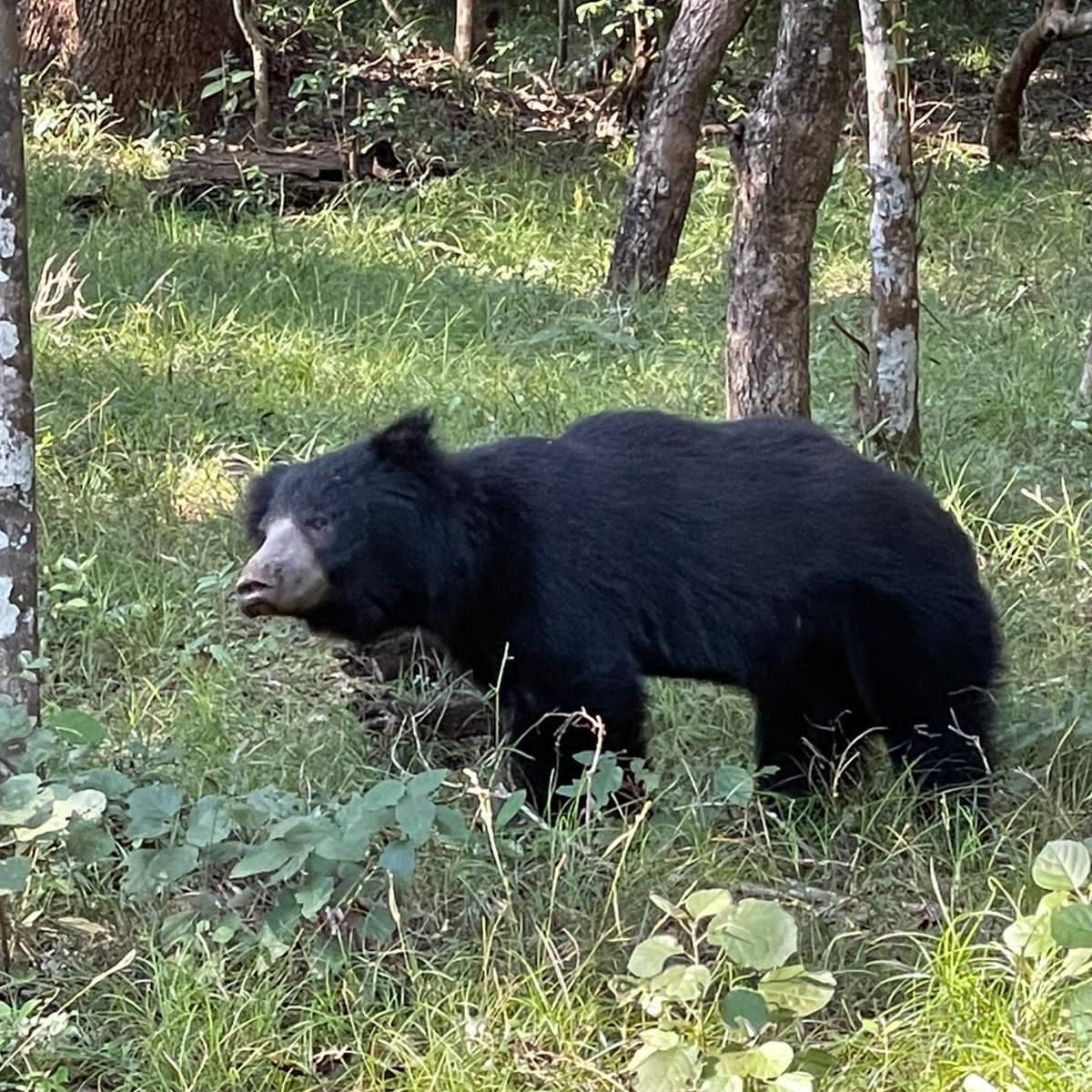
Reproduction and Lifespan
An interesting reproductive cycle is present in sloth bears. A female bear’s pregnancy lasts around seven months, and she gives birth to one to two cubs. The cubs are completely dependent on their mother for protection and care because they are born blind and defenseless. Mother bears are fiercely protective of their young, and the cubs sometimes spend up to two years with their moms.
Sri Lankan sloth bears can live up to 20 to 25 years in the wild if they are not threatened or their environment is not degraded.
Physical Features
The Sloth bear in Sri Lanka’s distinctive appearance sets it apart from other bear species. Their shaggy black fur and the white V-shaped mark on their chest give them a unique and memorable appearance. They have long, curved claws adapted for digging termite mounds and ant nests, making them skilled insect hunters. Despite their somewhat lumbering gait, they are surprisingly agile and can climb trees proficiently when needed. Adult males weigh about 130 kg and females average 110 kg and grow to about 60-90 cm in height up to the shoulder.
Threats and Conservation
Sadly, Sloth bears face numerous threats that endanger their survival. Habitat loss due to deforestation, illegal wildlife trade, and human-wildlife conflict are among the primary challenges these bears confront. Conservation efforts are critical to ensuring their continued existence.
Conservation organizations, in collaboration with the Sri Lankan government, are actively working to protect the sloth bear’s habitat, raise awareness, and combat poaching. Initiatives include creating protected areas and wildlife corridors, monitoring populations, and educating local communities about coexisting with these unique creatures.
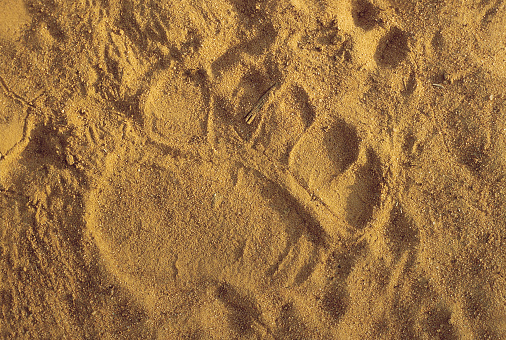
Human-Wildlife Conflict
One significant challenge in sloth bear conservation is mitigating human-wildlife conflict. As human settlements expand into bear habitats, conflicts may arise due to crop raiding and livestock predation. Finding sustainable solutions to reduce these conflicts is a key component of conservation efforts.
Where to See
For those eager to catch a glimpse of the Sri Lankan sloth bear in its natural habitat, there are several national parks and wildlife sanctuaries in Sri Lanka where they can be spotted. Yala National Park and Wilpattu National Park are renowned for their sloth bear populations, offering visitors the chance to witness these fascinating creatures up close.
Wilpaththuwa
Wilpattu National Park is open all year round for tourists and is the best place to see sloth bears. but the best time to visit Wilpattu is from February to October It’s making it easy to see them because the animals often stay near lakes during this time of year due to rainfall being low. But the best time to see sloth bears is June. This month is the season for the fruits called Palu, and Veera, which are popular among the bears. Most of the time in this season we can see them roaming around these trees.
It is best to go on a morning or evening safari for better opportunities to spot a sloth bear. The best time of day to go on a safari in the park to see wildlife is from 6:00 to 9:00 in the morning and from 3:00 to 6:00 in the evening.
Yala
Yala National Park is another best place to see sloth bears in Sri Lanka. The park is said to be home to about 50 bears and they are classified as an endangered species. According to the IUCN, the lazy bear may be the first large carnivore to be lost to the world.
If you want to see this shy and nocturnal creature, we recommend starting your safari at 6 a.m. or 2 p.m. in May and June. sometimes It is difficult to recognize them in the bushes of the jungle if you don’t have sharp eyes.
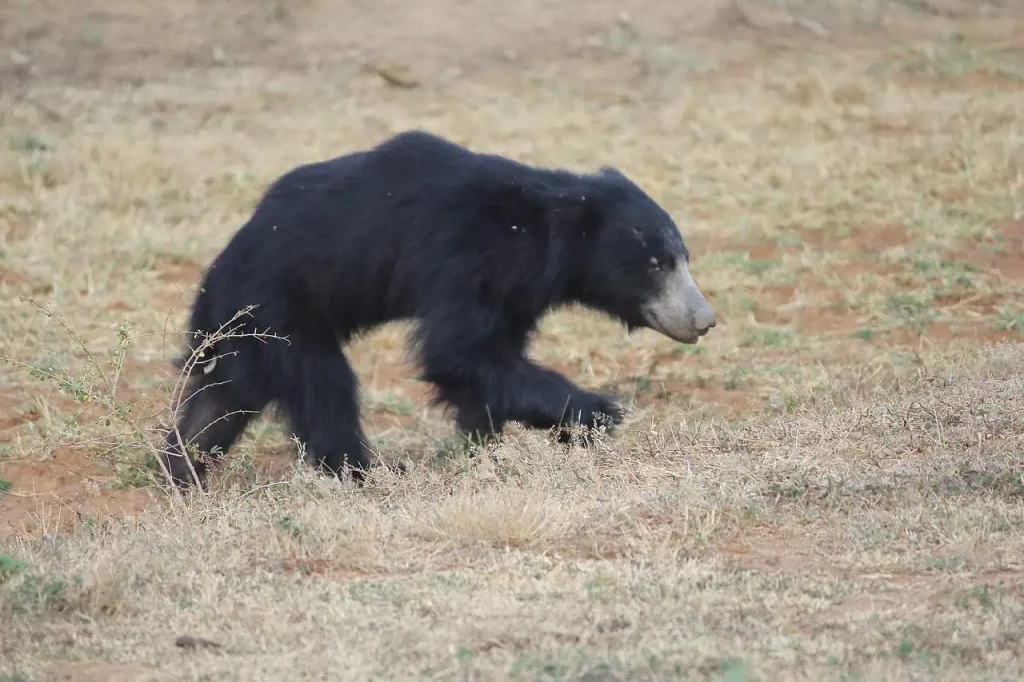
Wasgamuwa
Sloth bears in Sri Lanka total only about 500 remaining in Sri Lanka’s wildlife habitat and 100 in Wasgamuwa. anyway, Wasgamuwa National Park has long been known as the best place to see sloth bears in Sri Lanka because the name Wasgamuwa is derived from the Sinhala word ‘Walasgamuwa’. walas means ‘bear’ and ‘gamuwa’ meaning forest.
However, it is a bit harder to see a bear here than in Yala National Park and Wilpattu due to the small size of Wasgamuwa National Park, the declining number of sloth bears, and the fact that these animals rarely roam outdoors.
Observing Sloth Bears in the Wild
Seeing a sloth bear in the wild can be a thrilling experience, but it requires patience and respect for their natural behavior. Wildlife safaris guided by experienced naturalists are the best way to observe these elusive bears. Visitors should always follow ethical wildlife viewing guidelines to minimize disturbance to the animals.
What is the Difference Between a Sri Lankan Sloth Bear and Other Bears?

One of the most common questions asked about Sri Lanka’s sloth bear is how it differs from its bear cousins. While they share the Ursidae family tree, several key distinctions set them apart:
- Dietary Specialization: Sloth bears are largely insectivorous, unlike the majority of bears, who eat both meaty and non-meaty foods.
- Distinctive Appearance: Sloth bears may be easily distinguished from other bear species because of their shaggy black fur and distinctive white V-shaped breast mark.
- Behavior and Habitat: Sloth bears are solitary by nature, preferring to live alone or with their cubs, and their habitat is primarily dry and arid zones.
- Activity Patterns: Sloth bears are nocturnal, while many other bear species are diurnal or crepuscular.
- Claws and Teeth: Sloth bears possess long, curved claws adapted for digging, unlike the sharp, powerful claws of other bears.
How Many Sri Lankan Sloth Bears Are Left?
Accurately estimating the number of Sloth bears in the wild is a challenging task due to their elusive nature and remote habitats. However, their population is thought to be only 1000 left in Sri Lanka
Conservation organizations and researchers are actively involved in monitoring and studying these bears to assess their numbers accurately. Efforts are also underway to protect their habitats and ensure their survival for future generations to appreciate and admire.
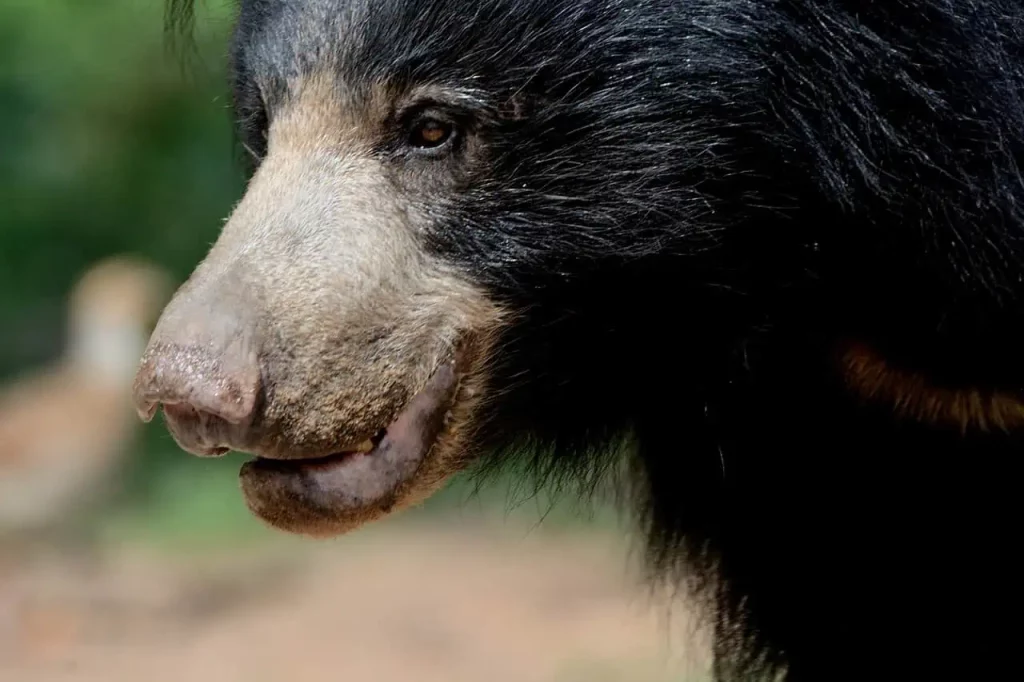
In conclusion, the Sri Lankan sloth bear is a unique and enigmatic subspecies that captivates the hearts of nature enthusiasts worldwide. As we continue to learn more about these remarkable creatures, it becomes increasingly important to protect their habitats and conserve their populations, ensuring that they continue to roam the forests and plains of Sri Lanka and beyond, captivating the imaginations of all who encounter them.
FAQs (Frequently Asked Questions)
- Are Sloth bears dangerous to humans?
Sloth bears are generally not aggressive towards humans unless provoked or cornered. However, like all wild animals, they should be treated with caution and observed from a safe distance in their natural habitat.
- Do Sloth bears hibernate like other bear species?
No, Sloth bears do not hibernate. They are active throughout the year, relying on their adaptability to varying food sources to survive.
- Can I volunteer for Sri Lankan sloth bear conservation efforts in Sri Lanka?
Yes, there are various conservation organizations and wildlife sanctuaries in Sri Lanka that offer volunteer opportunities for individuals interested in contributing to the protection of these bears and their habitat.
- How can I help conserve the Sloth bear population?
You can support conservation efforts by donating to reputable organizations, spreading awareness about the threats faced by these bears, and participating in responsible eco-tourism activities that promote their protection.
- Are there any other bear species in Sri Lanka besides the sloth bear?
No, the Sri Lankan sloth bear is the only bear species native to Sri Lanka. It is a unique and endemic species found exclusively on this beautiful island nation.

